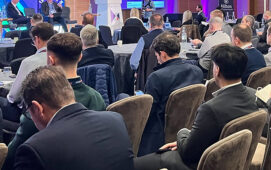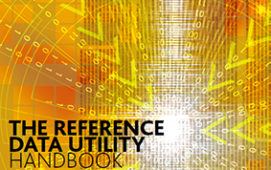
Eurex is set to reshape its market access landscape with the introduction of a new “Sponsored Access” model, slated to go live on November 10, 2025. The move is a significant strategic step by Europe’s leading derivatives exchange to lower the barriers to entry for a wider array of market participants, particularly those reliant on high-speed, low-latency trading strategies.
The new framework directly addresses a growing segment of the market – proprietary trading firms, hedge funds, and other buy-side players – that may find the cost and complexity of a full exchange membership prohibitive, yet possess the technological sophistication to trade directly on the exchange’s T7 platform. By allowing an existing Eurex member to “sponsor” these firms, Eurex is effectively creating a new, streamlined pathway to its markets. This model, classified as direct electronic access (DEA) under the MiFID II framework, allows the sponsored firm to use its own trading systems and connectivity for ultra-low latency access, a critical component for any latency-sensitive electronic trading strategy.This development is of particular interest to the market as it reflects the continuing evolution of exchange market structure. The traditional, one-size-fits-all membership model is giving way to more flexible arrangements that cater to a diverse ecosystem of trading participants. By democratizing access to its high-speed T7 platform, Eurex is positioning itself to attract a new wave of liquidity providers. This is not merely about increasing the number of participants, but about enhancing the quality and diversity of liquidity, which can lead to tighter spreads and a more robust market for all. The move also signals a competitive adaptation, ensuring Eurex remains an attractive venue for the global electronic trading community.
The impact of this new model will be felt across the trading ecosystem, creating distinct opportunities and responsibilities for different players. The most immediate beneficiaries are the sponsored firms themselves. For these technology-driven trading entities, direct access is not a luxury but a necessity. The Sponsored Access model provides them with the ability to deploy their algorithms with greater speed and efficiency, giving them a sharper competitive edge without the significant overhead of a full membership.
For the sponsoring members, typically large banks and brokerage firms, this initiative opens up a new and valuable client service line. They can now monetize their existing exchange membership and infrastructure by offering access to a new client segment. However, this opportunity comes with the critical responsibility of risk management. The sponsoring member will be accountable for the trading activity of their sponsored clients, necessitating sophisticated, real-time pre-trade and post-trade risk controls to manage their exposure within a robust, exchange-controlled framework. This creates a significant opportunity for technology vendors specializing in risk management systems and low-latency connectivity solutions.
Commenting on the strategic importance of the development, Robbert Booij, CEO of Eurex, stated: “A key priority is to make our markets more accessible to a wider range of trading firms. This model provides top-tier access for firms with latency-sensitive strategies, all within a robust, exchange-controlled risk framework managed by their sponsoring members. It’s a significant step in enhancing our service portfolio and growing our distribution network.”
Ultimately, Eurex’s introduction of Sponsored Access is more than a simple technical change. It is a strategic enhancement of its service portfolio that acknowledges the technological realities of modern trading. By broadening its distribution network and making it easier for sophisticated, fast-moving firms to participate in its markets, Eurex is not only bolstering its own liquidity but is also contributing to a more efficient and dynamic European derivatives market.
Subscribe to our newsletter




